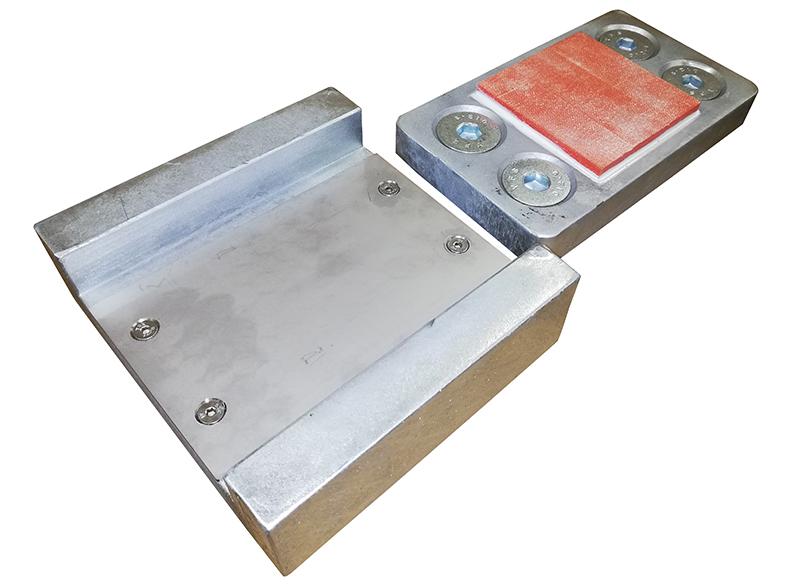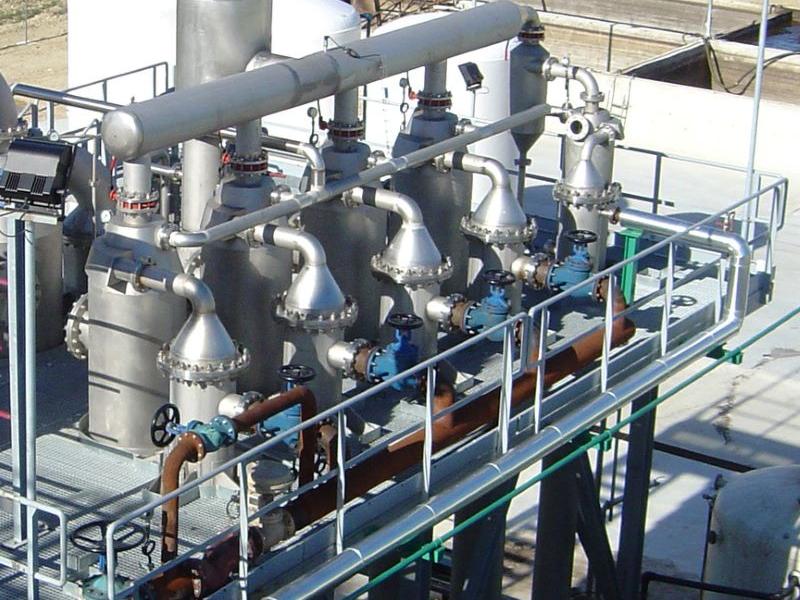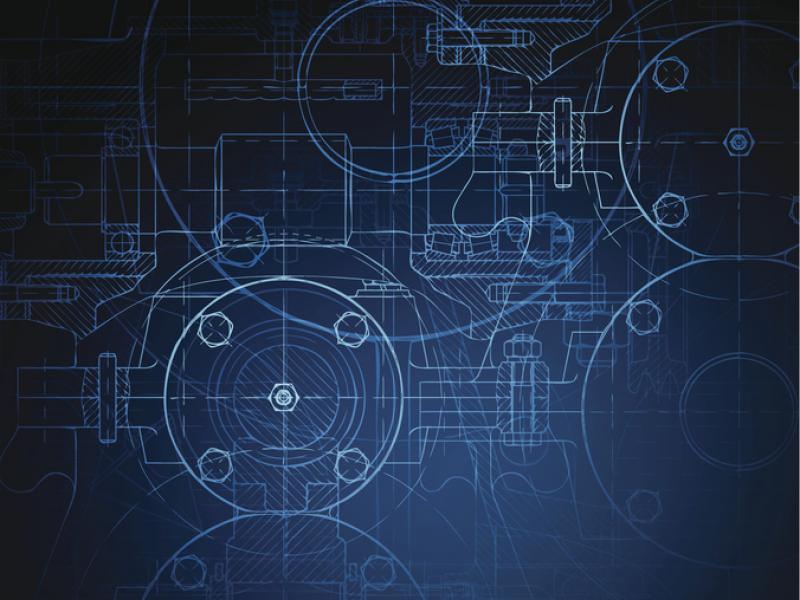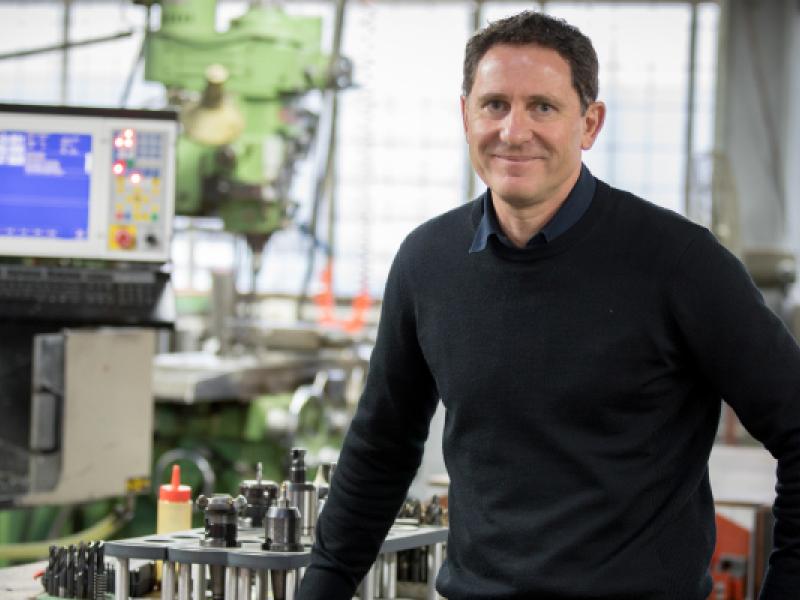The latest Herculon HLD-FF 8000 sliding bearings – which can be used in sets of two – incorporate a sliding layer of globally proven fibre-reinforced and incompressible H-Glide engineering plastic with excellent friction coefficients from 0.05 – 0.1.
Such outstanding sliding characteristics and load-bearing performance – even in compact or wet spaces – are invaluable to infrastructure developers, engineers, architects, and specifiers because lower coefficients of friction will transfer less stress onto the load-bearing structural components as the bearing does its job of protecting them against surrounding movement, says the Hercules Engineering Manager, David Booty.
The new HLD-FF bearings are the largest H-glide bearings the company has ever made, though even-larger capacity bearings can be custom-manufactured for extremely long low-maintenance life spans of up to 100 years typically requested by industry.
“With their incompressible H-Glide sliding layer, these bearings can withstand extreme point pressures of 350-500 megapascals, depending on bearing design and application,” says Mr Booty, whose company is a division of Cut To Size Plastics, which has more than 40 years’ experience as an engineering plastics specialist operating throughout Australia, New Zealand and the SE Asian Pacific.
“This remarkable performance – which is up to 40 times greater than conventional water-resistant and non-lubricated fibre-reinforced elastomeric bearing pads – is complemented by the material’s ability to function well in a variety of environments including, but not limited to, damp or underwater applications,” says Mr Booty
Applications range from compact high-stress commercial, industrial and resources applications involving architecture and design, construction, infrastructure, energy, food and beverage, mining, manufacturing, maritime, oil and gas, safety, water and wastewater applications and other uses involving exposure to aggressive environments.
“A major advantage of this type of composite bearing is that they do not require lubrication, which minimises any disruption to processes,” says Mr Booty. “H-Glide bearings’ already excellent lifespans can be increased by the use of a mirror polished stainless steel sliding plate. Absorption of water and other fluids is negligible. The material is virtually inert, reactions with food and cleaning substances, for example, almost never occur,” he says.
Herculon Type D Free Float Bearings (HLD/FF) have been developed to fulfil the need for a low- friction bearing on corbels and columns where a continuous slip joint is inappropriate. They can be used under beams and slabs and also under pipes, ducts, conveyors, pressure vessels and small span bridges.
Herculon Type D Free Float Bearing HLD/FF consist of a mild steel top plate to which is attached a polished stainless steel facing plate. This plate slides against a H-Glide Composite Bearing Pad which in turn is bonded and recessed into a mild steel base plate (recommended but optional).
Hercules Engineering’s standard ranges of Herculon™ structural bearings and Hercuslip™ composite slip joints are widely proven product designs that have performed over decades since 1972 in applications ranging from landmark metropolitan construction projects, through to major international industrial and resources projects. The new custom bearings that incorporate H-Glide are a new extreme performance addition to Hercules Engineering’s easily installed and cost-effective range of products that gives architects, engineers and specifiers a high performance and more durable bearing option.
The H-Glide bearing pad is available in different formulations, including conductive materials. It is equally suitable for a wide variety of high-load structures requiring extreme load-bearing capability combined with non 'stick-slip' behaviour, where static and kinetic coefficient of sliding friction are virtually equal.
“By using new generation composite formulations, H-Glide bearings allow the highest loads, with ultra-low wear rates and friction values,” says Mr Booty. “The material is resistant to a majority of common industrial chemicals and environments, whether it is immersed in water or used in dry applications, or anywhere in between, from freezing to tropical conditions.”






